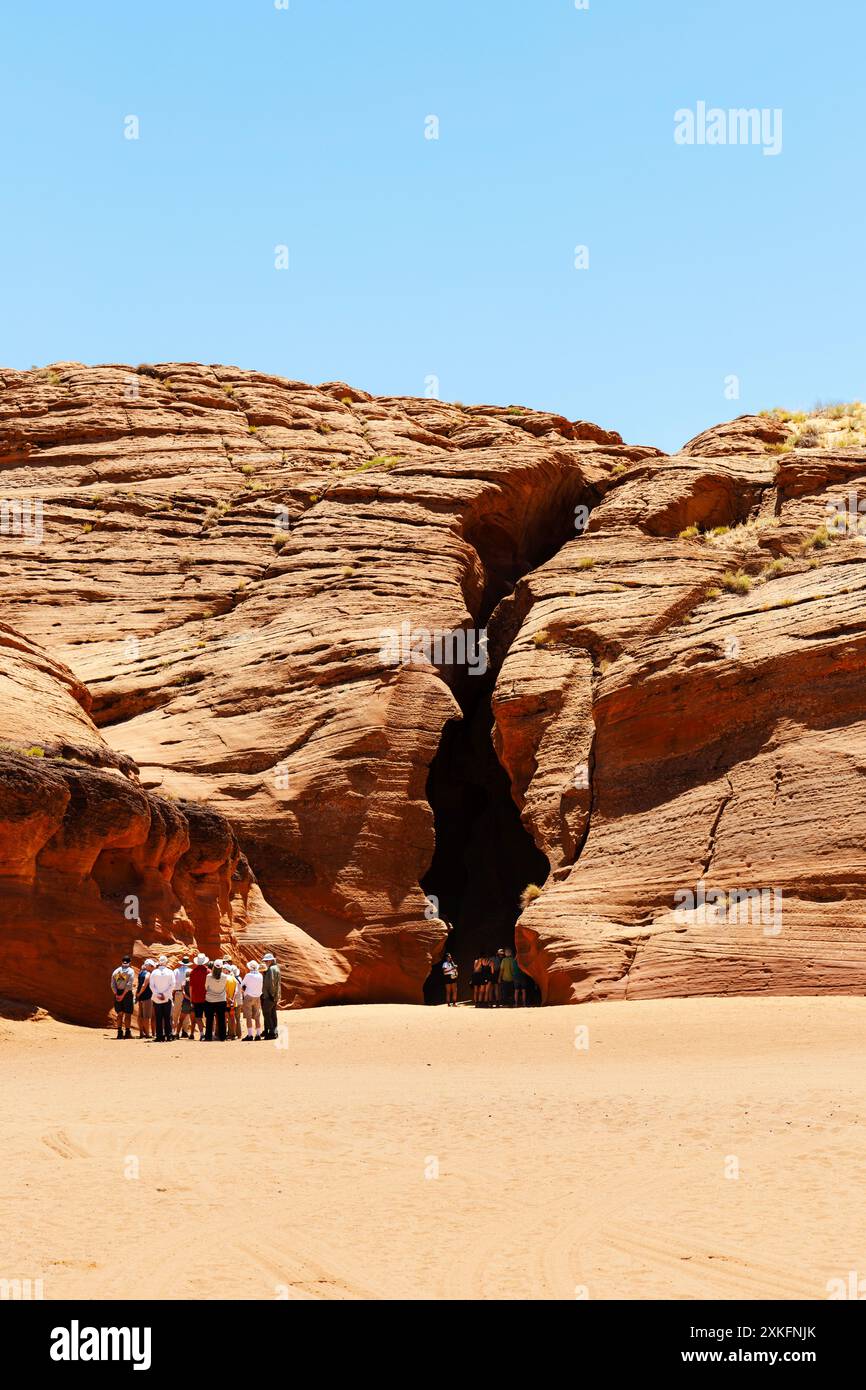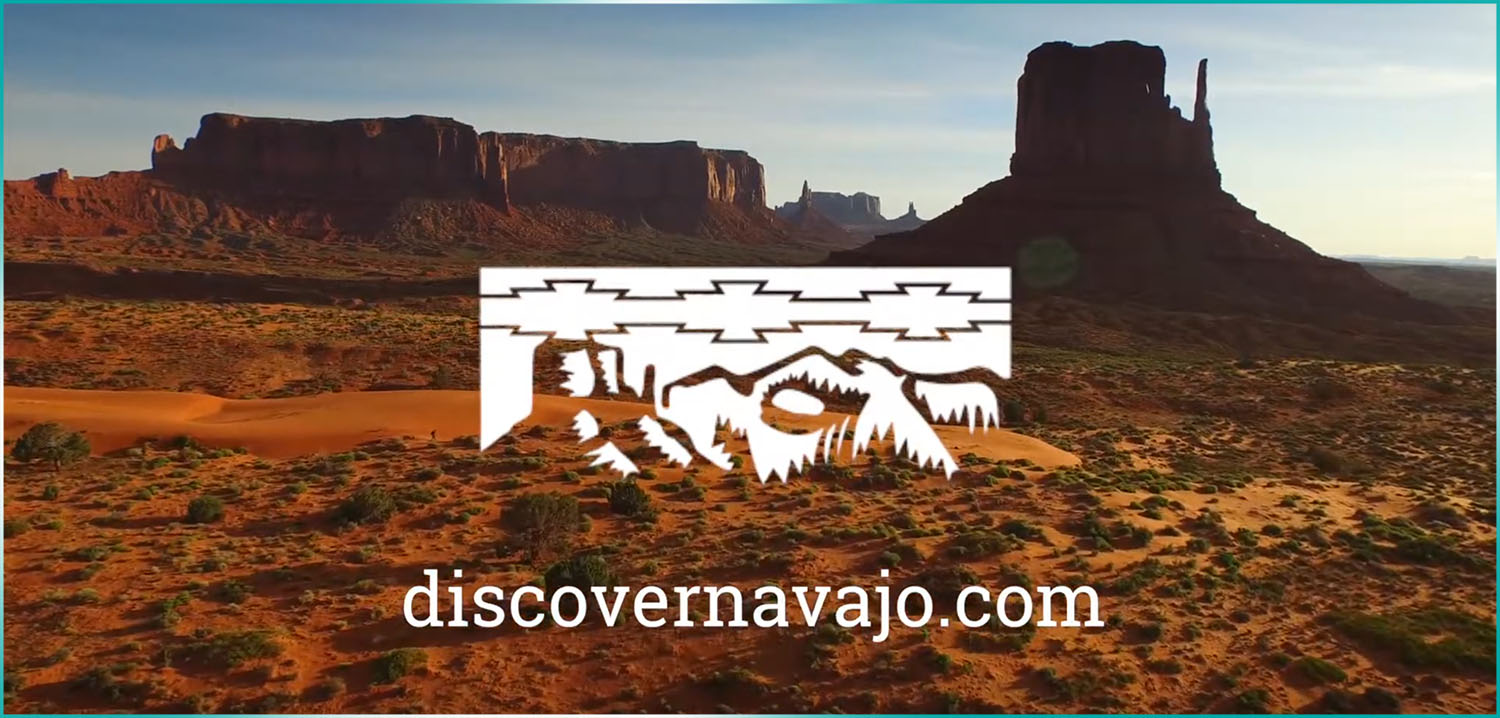
Navajo Nation: Crafting Immersive Journeys for Large Group Tourism
The vast, crimson landscapes of the Navajo Nation, known to its people as Diné Bikeyah, have long captivated individual travelers seeking spiritual solace and unparalleled natural beauty. However, a burgeoning sector within the Nation’s tourism economy is now meticulously catering to the complexities and unique demands of large group travel. From corporate retreats seeking inspiring backdrops to educational institutions pursuing deep cultural immersion and adventure tourism operators coordinating grand expeditions, the Navajo Nation is strategically positioning itself as a premier destination for substantial delegations, offering logistical sophistication alongside its profound cultural and scenic allure.
This shift represents a significant evolution in the Nation’s approach to tourism, moving beyond individual bookings to orchestrate comprehensive, multi-faceted experiences for groups often numbering in the dozens, or even hundreds. The inherent challenges—transportation, accommodation, multiple guide coordination, and the delicate balance of cultural preservation with visitor access—are being met with specialized planning, local expertise, and a growing infrastructure designed to host on a grand scale.
The Allure of Scale: Why Diné Bikeyah for Large Groups?
For large groups, the Navajo Nation offers an unparalleled blend of attributes that set it apart from conventional destinations:
- Iconic Natural Wonders: The sheer scale of landscapes like Monument Valley, Antelope Canyon, and Canyon de Chelly is best appreciated and managed with coordinated group access. These aren’t just scenic spots; they are monumental backdrops for shared experiences and collective reflection.
- Profound Cultural Immersion: The opportunity to engage directly with the largest Indigenous nation in North America, to learn about Diné history, language, and traditions, offers an educational depth unmatched elsewhere. For groups, this often translates into private cultural demonstrations, storytelling sessions, and interactions with artisans.
- Unique Experiential Learning: Whether it’s tracing the footsteps of the Navajo Code Talkers, understanding the principles of "Hózhó" (balance and harmony), or witnessing traditional weaving, the Nation provides a living classroom for groups seeking more than just sightseeing.
- Economic Impact: Large group tourism provides a substantial economic injection directly into the Navajo Nation, supporting local businesses, guides, artists, and infrastructure projects, aligning with ethical tourism principles.

Key Destinations and Group Logistics
Navigating the Navajo Nation with a large group requires meticulous planning, often facilitated by specialized tour operators working in close conjunction with Navajo Nation Parks & Recreation and local Diné-owned businesses.
Monument Valley Navajo Tribal Park:
Perhaps the most iconic representation of the American Southwest, Monument Valley’s majestic sandstone formations are a staple for any group itinerary. For large groups, the park offers:

- Controlled Access: Designated routes for tour buses and private vehicles.
- Guided Tours: Mandatory for off-road access into the Valley floor. Large groups utilize multiple authorized Navajo guides and their specialized open-air vehicles, ensuring everyone receives a personalized commentary while navigating the rugged terrain.
- Cultural Demonstrations: Group-exclusive sessions featuring traditional music, dances, and crafts can be arranged, often with views of the Valley as a backdrop.
- Fact: Unlike a U.S. National Park, Monument Valley is entirely owned and operated by the Navajo Nation, meaning all fees directly benefit the tribal government and its people.
Antelope Canyon (Upper & Lower):
The ethereal beauty of Antelope Canyon, with its swirling sandstone walls and dancing light beams, presents unique logistical challenges for large groups due to its narrow passages and immense popularity.
- Mandatory Guides & Permits: All visitors must be accompanied by a certified Navajo guide. For large groups, this necessitates booking multiple guides and specific time slots well in advance, often requiring staggered entry to maintain flow and safety within the confined spaces.
- Advance Booking: Slots for Antelope Canyon can sell out months ahead, making early coordination crucial for groups. Operators often hold blocks of tickets for their clients.
- Transportation: Groups typically arrive by coach and then transfer to local, authorized 4×4 vehicles for the final leg to the canyon entrances.
Canyon de Chelly National Monument:
A site of profound historical and cultural significance, Canyon de Chelly is unique as it is both a National Monument and a living community for Navajo families.
- Guided Access Only: While the rim drives offer breathtaking overlooks, descent into the canyon floor is only permitted with an authorized Navajo guide, or by obtaining a permit for specific trails like the White House Ruin trail.
- Jeep Tours: For large groups, full-day or half-day jeep tours with multiple vehicles and guides are the primary way to explore the canyon’s ancient cliff dwellings and observe contemporary Navajo life. These tours offer a deeper understanding of the canyon’s continuous human habitation for over 5,000 years.
- Fact: Canyon de Chelly is cooperatively managed by the National Park Service and the Navajo Nation, highlighting a unique partnership in land stewardship.
Window Rock, Capital of the Navajo Nation:
For groups seeking a deeper understanding of Navajo governance and history, Window Rock serves as an essential stop.
- Navajo Nation Council Chambers: Tours can be arranged to learn about the tribal government’s structure and operations.
- Navajo Code Talkers Museum: A poignant and educational experience detailing the pivotal role of Navajo Marines in World War II. For large groups, dedicated presentations can be arranged.
- Window Rock Formation: The natural sandstone arch that gives the capital its name is a sacred site and a powerful photo opportunity.
Logistical Imperatives for Large Groups
Successfully executing a large group tour within the Navajo Nation hinges on addressing several critical logistical components:
- Permitting and Access: The Navajo Nation operates its own permit system for various activities and locations. Group operators must be adept at navigating these requirements, ensuring all necessary permits are secured well in advance to avoid delays or cancellations.
- Transportation: While groups typically arrive via large motor coaches, internal transportation within specific areas (e.g., Monument Valley, Antelope Canyon) requires transfers to authorized local Navajo vehicles. Coordinating multiple vehicles and drivers for a large group is a specialized task.
- Accommodation: This remains one of the more significant challenges. On-reservation lodging options are limited, particularly for very large groups. Operators often utilize a hub-and-spoke model, booking blocks of rooms in nearby gateway communities such as Page (Arizona), Kayenta (Arizona), or even Flagstaff (Arizona) or Gallup (New Mexico), and planning daily excursions into the Nation. New developments are slowly expanding on-reservation lodging, but capacity for hundreds remains constrained.
- Dining: Catering for large groups requires careful planning. While some on-reservation restaurants can accommodate groups, many operators arrange for private catering, often featuring traditional Diné cuisine like mutton stew and fry bread, prepared by local Navajo caterers.
- Certified Navajo Guides: This is non-negotiable and paramount. Every group requires certified Navajo guides who not only possess in-depth knowledge of the land, history, and culture but are also skilled at managing group dynamics and ensuring safety. For large groups, multiple guides are essential to maintain a high guide-to-participant ratio, allowing for more personalized interaction and effective information dissemination. "Our guides are not just interpreters; they are storytellers, educators, and guardians of our heritage," states a representative from a Diné-owned tour company, emphasizing the authentic connection these guides provide.
Cultural Sensitivity and Economic Empowerment
For large groups, the educational component of a Navajo Nation tour extends beyond historical facts; it encompasses the principles of responsible and respectful tourism. Operators emphasize:
- Respect for Sacred Sites: Understanding and adhering to guidelines regarding photography, noise levels, and behavior in culturally significant areas.
- Support for Local Economy: Prioritizing Diné-owned businesses for guiding, transportation, accommodation, and artisan purchases. "Every dollar spent here, especially through our local businesses, directly supports our families and communities," says a tribal economic development officer. "It allows us to invest in our future while preserving our past."
- Cultural Exchange: Encouraging respectful interaction, asking thoughtful questions, and being open to different perspectives. Many tours include opportunities to meet Diné artisans and learn about traditional crafts like weaving and silversmithing directly from the creators.
The Future of Large Group Tourism
The Navajo Nation continues to invest in its tourism infrastructure and planning capabilities. There is a growing understanding that large group tourism, when managed responsibly, can be a powerful engine for economic development and cultural preservation. Challenges such as improving road infrastructure, expanding lodging options, and ensuring sustainable water management remain central to future planning.
However, the commitment to providing authentic, deeply enriching experiences for groups of all sizes is unwavering. As global travelers increasingly seek meaningful connections and unique narratives, the Navajo Nation stands ready, not just with its breathtaking vistas, but with a robust, culturally-grounded framework for welcoming large groups into the heart of Diné Bikeyah, ensuring their journey is as impactful as the landscape itself. It’s an invitation to not merely observe, but to engage, learn, and contribute to the vibrant future of the Navajo people.


